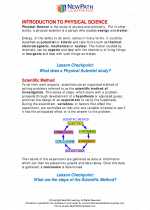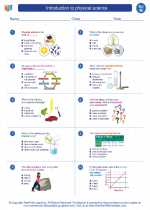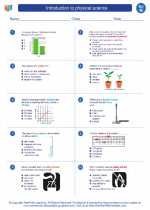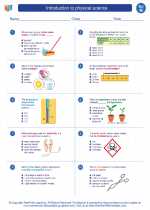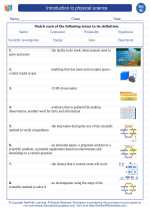River Erosion
River erosion is the process by which running water, such as rivers and streams, wears away the land and rocks over which it flows. This process involves the removal and transportation of sediments, leading to the formation of various landforms.
Causes of River Erosion
There are several factors that contribute to river erosion:
- Hydraulic action: The force of the water wears away the river banks and bed.
- Abrasion: The river's load of sediment scours and wears away the riverbed and banks.
- Attrition: Sediments carried by the river collide with each other, breaking into smaller pieces.
- Corrosion: Chemical reactions between the water and the rocks dissolve and weaken the riverbed and banks.
Effects of River Erosion
River erosion has several effects on the landscape:
- Formation of river valleys and canyons: Over time, erosion can carve out deep valleys and canyons.
- Creation of alluvial plains: Sediments carried by the river are deposited to form flat, fertile plains.
- Shaping of riverbanks: Erosion can lead to the undercutting and collapse of riverbanks.
Preventing River Erosion
There are various methods to prevent or control river erosion:
- Vegetation planting: Planting trees and grass along riverbanks can stabilize the soil and reduce erosion.
- Building retaining walls: Constructing walls along riverbanks can protect them from erosion.
- Channelization: Modifying the river's course and flow to control erosion and sediment transport.
Study Guide
When studying river erosion, it is important to understand the causes, effects, and methods of prevention. Here are some key points to focus on:
- Identify the main factors contributing to river erosion.
- Explain the formation of river valleys and alluvial plains as a result of erosion.
- Discuss the importance of preventing river erosion and the methods used to achieve this.
Additionally, it is helpful to study specific examples of river erosion and its impact on different regions around the world.
.